Exhibit reveals history through personal portraits: “Survivors: Faces of Life after the Holocaust” review

The monograph of photographs by Martin Schoeller, Survivors: Faces of Life after the Holocaust
On Sunday, September 18, 2022, I attended the opening of an exhibit at The Museum of Jewish Heritage in downtown Manhattan, “Survivors: Faces of Life After the Holocaust.” On view through June 28, 2023, you have ample time to visit—and I suggest that you do.
The exhibition, which showcases 75 large-scale portraits taken by renowned photographer Martin Schoeller, originated at Israel’s Yad Vashem to mark the 75th anniversary of the Liberation of Auschwitz in 2020.
Schoeller photographed these Holocaust survivors and created a short film documenting the process. The New York exhibition includes the entire body of work including the film, brief biographies, and quotes from the sitters.
In an Instagram post that coincided with the original release of the portrait series, Schoeller wrote, “The Survivors in this series, having endured the most appalling campaign of hatred in modern times, stand in for all of the wronged and aggrieved people of the world. And, in their spirit of generosity and warmth, they offer an inspiring testament to the best of what we can be.”
Click through to that post and those that immediately follow it to see many of the portraits included in both the exhibit and the monograph available for purchase.

The poetry of photographic storytelling
Henry Greenspan, whose book On Listening to Holocaust Survivors: Recounting and Life History, approaches the idea of inviting and listening to a survivor’s testimony as an ongoing conversation. He “shows us the ways survivors do ‘make stories’ for the ‘not-story’ they remember. Just as important, he shows us the ways they are not able to do so,” reads the book jacket.
Why quote this book here? Because no testimony is a complete story. No recounting of an individual’s Holocaust experience can be considered representative of history. And what survivors cannot say—what they deem will be ‘unhearable’ by listeners, what they cannot find words to describe—tells as much of their story as the words they have chosen to convey.
A former client of mine—a man who survived Camp Les Mille in France, and whose oral history now resides in the museum housed there—told me of his experiences at length. After an extended silence, he said, “A poem would be best. Things left unsaid that are unsayable. Allusions. Maybe that is what’s needed. But I am not a poet, so there are some things I cannot tell you.”
All this, I suppose, is prelude to my observation that Martin Schoeller’s photographs in this exhibition are poetry: individual portraits as stanzas, lines, that say a great deal—but taken together, all together, they form a visual poem that can only allude to the magnitude of the tragedy, the miracle of resilience, and the humanity and power of bearing witness.
And that is why I implore you to visit—for the juxtaposition of these 75 images in the rotunda, so tightly displayed and so imposing in stature, so gloriously alive and so undeniably affecting…and for the individuals whose faces, and whose stories, are represented therein.
Learn more about “Survivors: Faces of Life After the Holocaust”
Find details about visiting the exhibition, “Survivors: Faces of Life After the Holocaust” at The Museum of Jewish Heritage in New York City.
Scroll down to posts dated August 24, 2020, on Martin Schoeller’s Instagram feed to encounter some of the personal portraits taken for this project.
Purchase Martin Schoeller’s monograph (a stunning book I bought at the museum): “Presented close-up and larger-than-life, every feature of Martin Schoeller’s subjects provides us with a piece of personal and collective history: their faces observe us, their gazes hold us. The lines they bear evidence horrors endured, as well as the triumph of their survival and building their lives anew.”
Browse some of the photographer’s other work, including his signature close-ups of celebrities and other cultural icons and provocative series of homeless individuals and death row exonerees.
Watch a recording of the opening-day Q&A between photographer Martin Schoeller and Sara Softness, the curator of special projects at The Museum of Jewish Heritage; this recording also includes a clip from the moving behind-the-scenes video that accompanies the in-person exhibition.
These three titles—two hybrid cookbooks and one genealogical look at preserving food memories—dish up lots of inspiration for making your own family cookbook.
This new book by Ruta Sepetys, You: The Story, is a great tool for those who want to use their own life experiences to inform their fiction writing.
Ethical wills—also called legacy letters—are great ways to pass on values and life lessons to your descendants. These two books will help you create your own.
“Survivors: Faces of the Holocaust” will be on display in New York City until the summer of 2023—here’s why you should see the exhibit's powerful photographs.
This small yet dense self-published book comprises nine essays in which writer Sara Mansfield Taber aims to answer “the questions that plague the memoirist.”
Favorite food memoirs that deliciously incorporate recipes and sense memories—fine examples of how you, too, can weave a personal narrative inspired by food.
Here are my top picks for RootsTech 2022 sessions teaching about family storytelling and photo legacy. They’re all free, and you've got a year to watch!
Personal historian Dawn Roode of Modern Heirloom Books lists her most anticipated books of 2022 for fans of memoir and the craft of writing. Mark your faves!
Memoirs by Sarah Manguso, Beth Ann Fennelly, and Beth Kephart each weave together short narratives to create evocative, textured self-portraits of the writers.
Ever wonder what it might be like to work together on your OWN heirloom book project? Listen to past clients' feedback—and words of thanks!—to get inspired.
If writing about your life isn't for you, how about drawing it? Ideas for using a sketch journal to capture your memories, plus the book that will inspire you.
Introducing the two-word writing prompt guaranteed to keep your memories and your pen flowing, plus the book by Joe Brainard that inspired it: “I remember...”.
Meet the story- and food-loving host behind the inspiring podcast The Storied Recipe, then click on a few of my favorite episodes for a taste of her interviews.
Bruce Feiler's latest book, Life Is in the Transitions, offers up a helpful toolkit for dealing with life's curveballs through a lens of storytelling.
Memoir reading suggestions to inspire your own vignette-style life story writing, from Annie Dillard and Kelly Corrigan to Robert Fulghum and Sandra Cisneros.
Each of these powerful podcasts comes in at under an hour: Listening recommendations on memoir, narrative structure, family secrets, writing prompts, and more.
RootsTech 2019 offers opportunities for accessing the family history conference from home. Highlights, and how to get the most from your virtual experience.
Watch the 2012 film Stories We Tell as much for the dramatic exploration of one family's narrative as for the questions it raises about the malleability of truth.
In his 1996 documentary Nobody’s Business, Alan Berliner interviews his father about family history. The result is a poignant study of the nature of memory.
Podcast recommendations for life storytellers, creative entrepreneurs, oral historians, and anyone who loves a captivating first person story.
Humans of New York creator reveals his insights on why people open up—and it’s not the questions. How being 100 percent present invites honest storytelling.
Under One Roof at NYC’s Tenement Museum is a must-see exhibit: First person testimony (and authentic furnishings) bring 3 families’ immigrant experiences to life.
In Tell the Truth, Beth Kephart offers up a wonderfully original series of memoir-writing prompts that encourage self-reflection & striving toward the universal.
While there are lots of lists of family history questions on the web, here are 3 places to find unexpected questions that lead to meaningful life story writing.
The new Google PhotoScan app allows users to digitally capture their old family photos with ease—and without glare. While the app isn't ideal for scanning high-resolution images for use in print, it has enormous value in quickly and effectively scanning those precious boxes of old family photos you—and your extended family members—have lying around your homes. See why it's a recommended download.
You might be surprised to learn what Anderson Cooper calls “the most valuable year of my life.” It's the period when he and his mother Gloria Vanderbilt maintained an email correspondence that delved deep—into the feelings they had previously not spoken about, and into their experiences both shared and wholly individual. The back-and-forth format of questions and stories is engaging, and most meaningful in its sense of discovery, of a grown man coming to know his mother in wonderful new ways. Why not be inspired to follow in their conversational footsteps?
These books will help you write engagingly and concisely about your loved ones, yourself, or your family members, even if you don't call yourself a "writer."
Sure, smart phone memory is getting cheaper—but is that reason enough to save every photo in an endless scroll? Don’t lose your memories amidst digital clutter!
We all get a happy feeling when a “memory” pops up on a social feed on our phone. Just remember that you have access to ALL your memories ANY time you want!
You've just returned from a family trip and know you want to make a travel memory book—just not right now! Follow these easy steps so you'll be ready later.
Want to make creating a travel book easy when you return from your family vacation? Follow these steps for easier—and elevated—post-trip memory-keeping.
Photos that have no captions will leave readers of your heirloom book guessing. Make sure to write captions that either tell a story or provide vital details.
Beyond family photos: Consider adding vintage maps, family tree charts, and professionally shot images of special heirlooms to your family history book.
When choosing photos for your life story book, consider emotional impact and storytelling interest—the right images will ensure your descendants are drawn in.
A family photo book without captions is nice—but one with captions is an heirloom. A primer on what type of captions to include and how to design them cleanly.
These 3 ideas for telling the stories behind your favorite family photos are easy-peasy—and they’ll get you well on your way to preserving your family legacy.
Want your photo memory book to print beautifully? Here's the one thing NOT to do when it comes to your digital photos.
Ever printed photos from your phone or digital camera and they look grainy, blurry, or small? Here’s why, and how you can fix it for optimal print results.
Imagine: Your treasured family photos, one day thrown in the trash—by your own kids?! Here, the secret to ensuring your photo memories live on.
You want a digital record of your photos and other family history stuff but realize social media is not a good permanent solution. Consider a family website.
These 3 photo book themes make it easy to show someone how much they are loved! Perfect for surprise birthday and graduation gifts—or just because.
Your memories live in your head and heart, but family photos, heirlooms & mementos sure do call those memories forth—how to use them towards a life story book.
Imagine New Years resolutions you actually want to keep—we've got two that are not only easy to stick to, but that will make you and your loved ones happier.
While scrapbooking & personal history share a goal of preserving family memories, key differences include the approach to storytelling and the finished products.
Discover family history, life story writing, and photo management guides in our Toolkit, where you can download free resources to help you preserve your legacy.
Culling your collection of family photos—whether a year's worth of images or just the shots from your latest vacation—helps retain their value—and stories.
Family photos can be useful tools to jog memories and call forth stories. We share how to determine which images will elicit the best family stories.
Print and share your family photos with loved ones. Besides generating conversation, you will spark joy, find genealogy clues, and discover even more treasures.
Want to record family stories? “There’s an app for that!” Undoubtedly, there is—but which one is right for you? My top picks for digital story sharing services
While I love browsing nostalgic #foundphotos on Instagram, my scrolling is always accompanied by a twinge of sadness. It’s the storytellers who renew my hope.
Family photos we deemed special enough to show off in frames around our house likely are not preserved at all. Inventory & digitize them before it’s too late.
Rediscovering an old family photo album in her closet prompts Modern Heirloom Books’ founder to reflect on the lasting appeal & transformative power of nostalgia.
Our photos tell the stories of our lives—and our lives, frankly, are not merely birthdays & weddings. Our lives are lived in the in-between. Capture the moments.
Prepare your family photos so they provide comfort—not a burden—to your children when you're gone. It’s one of the most meaningful legacies you can leave your kids.
The new Google PhotoScan app allows users to digitally capture their old family photos with ease—and without glare. While the app isn't ideal for scanning high-resolution images for use in print, it has enormous value in quickly and effectively scanning those precious boxes of old family photos you—and your extended family members—have lying around your homes. See why it's a recommended download.
Your memories matter too much to lose them to some virtual void. Here's why Facebook and Instagram are NOT the places to save your precious photos.
Throwing away photos that hold no meaning (or are duplicates, or are just plain bad) is a requisite for organizing your visual memories. Think before you toss, though. Sometimes that blurry shot—or an old, ripped black-and-white, or the one where you are so small you're like an ant!—are worth keeping. Here's why.








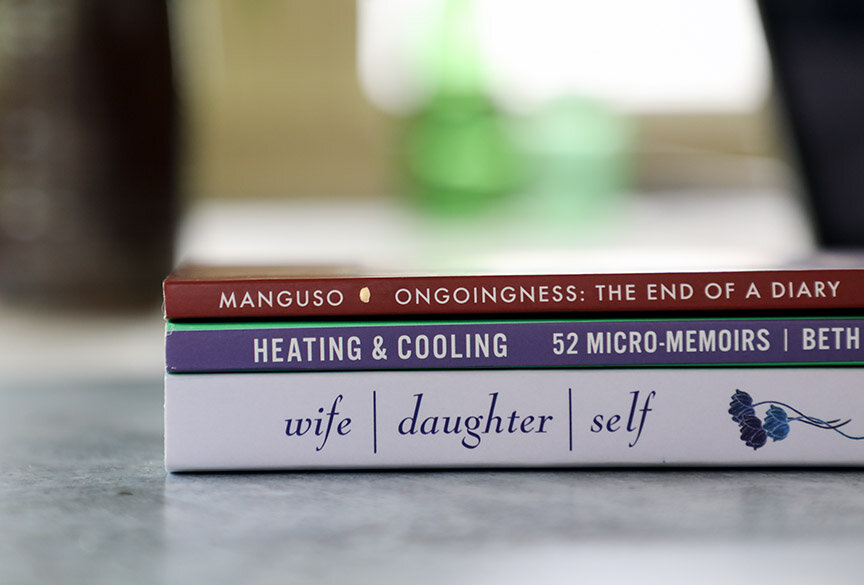

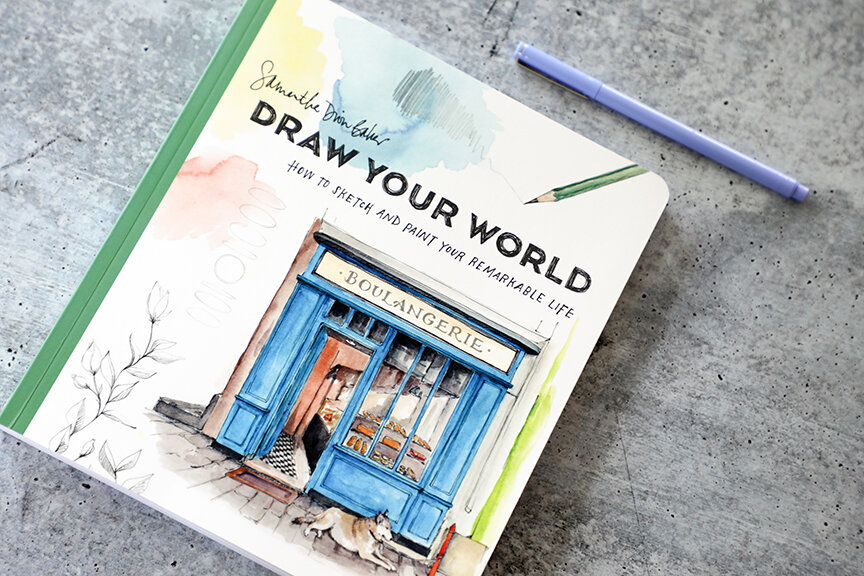









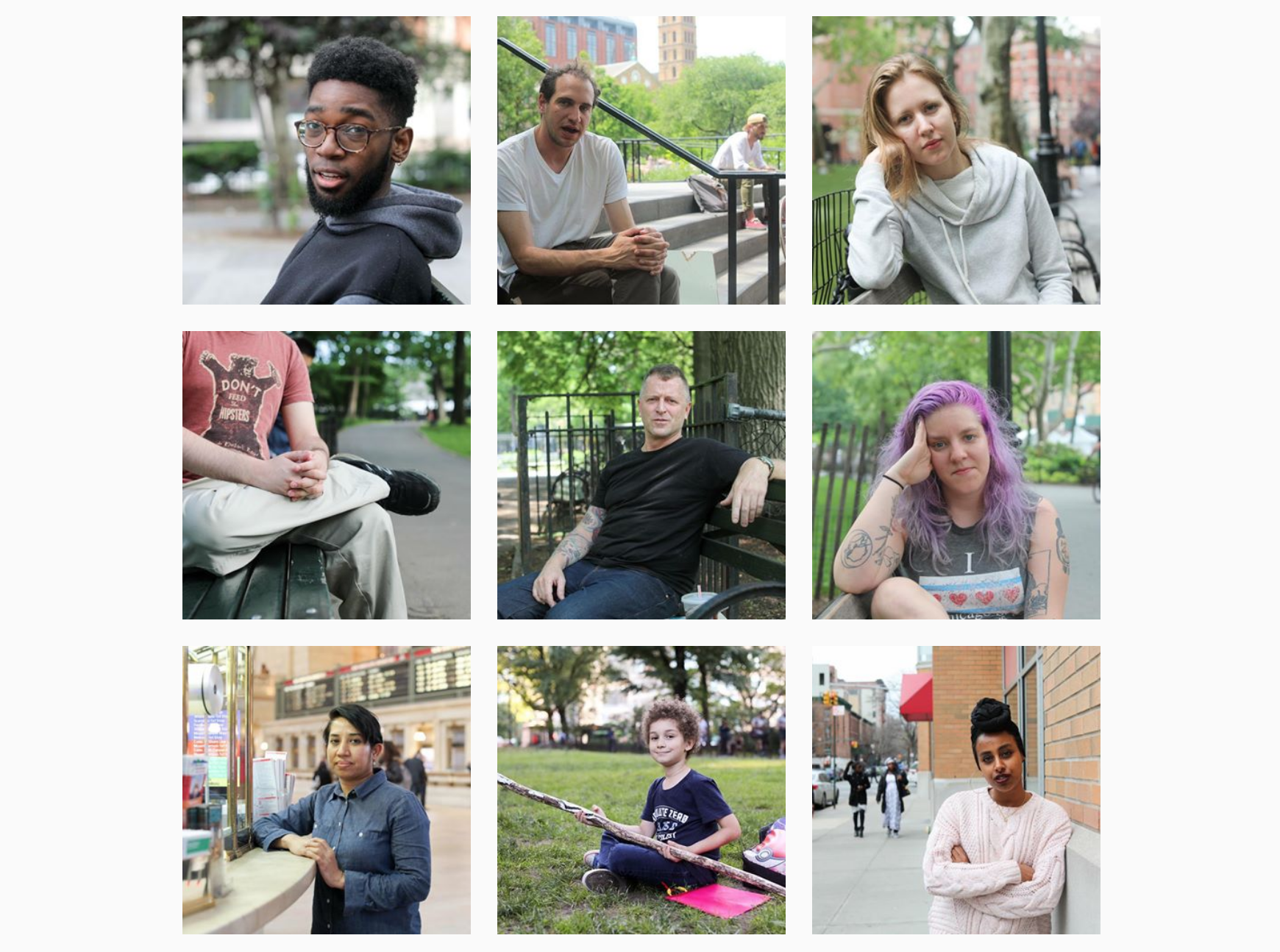








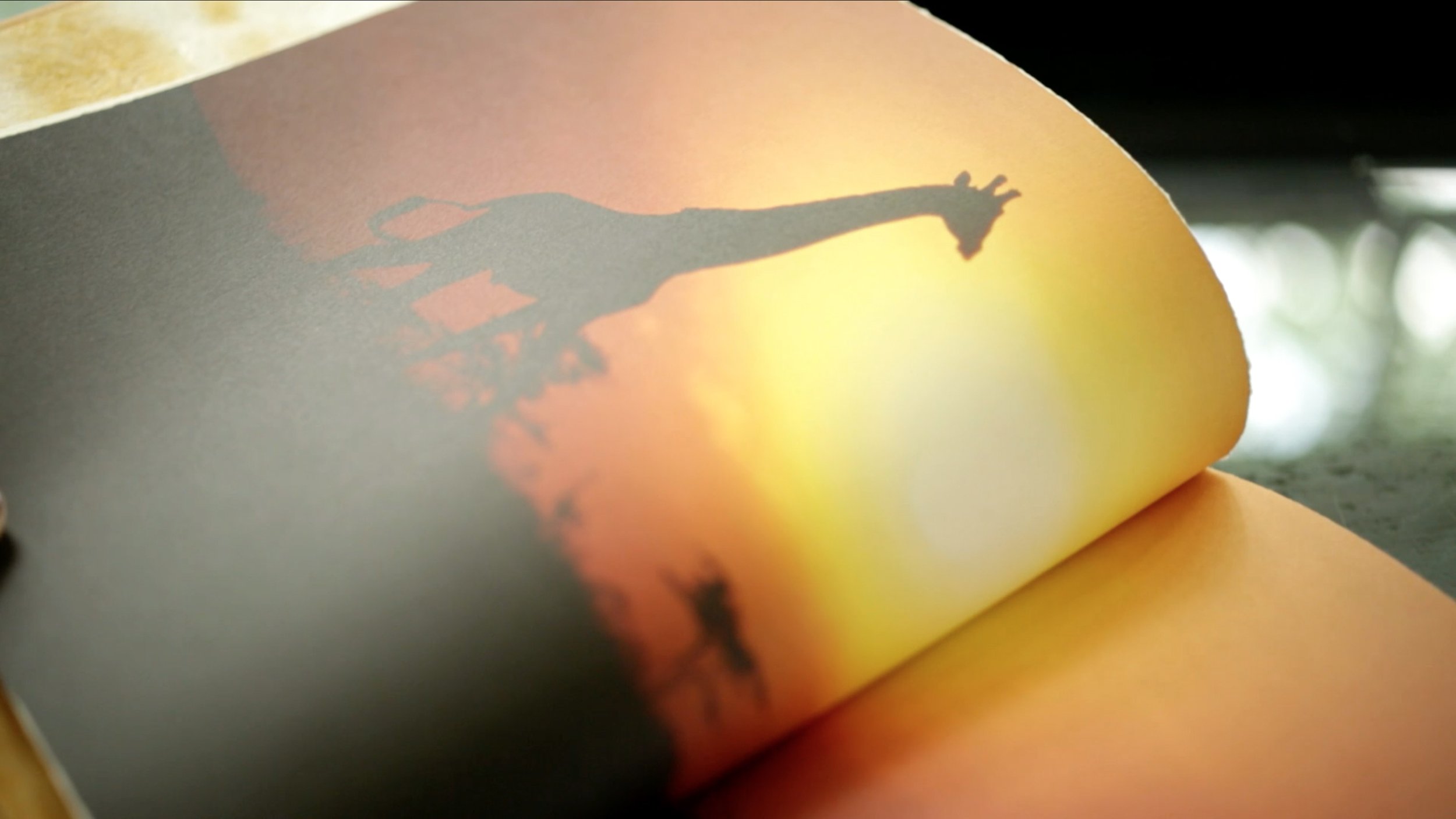


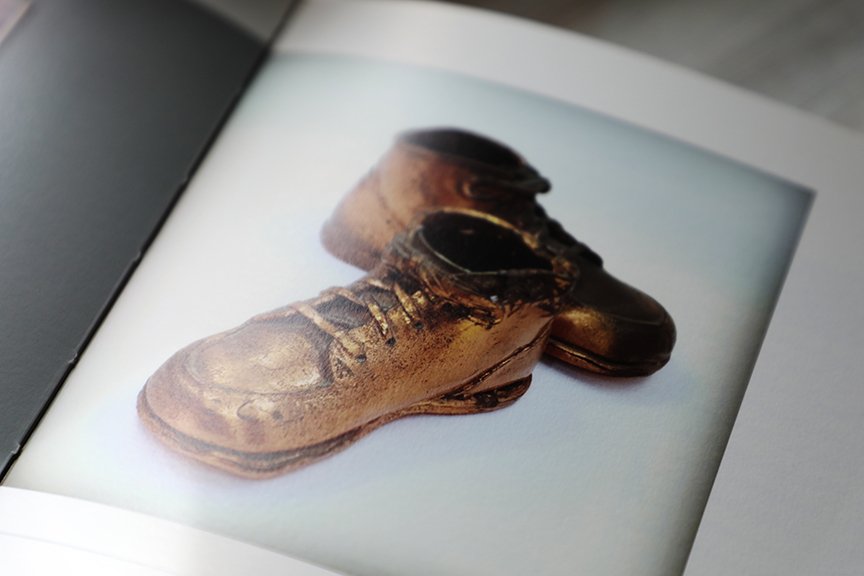
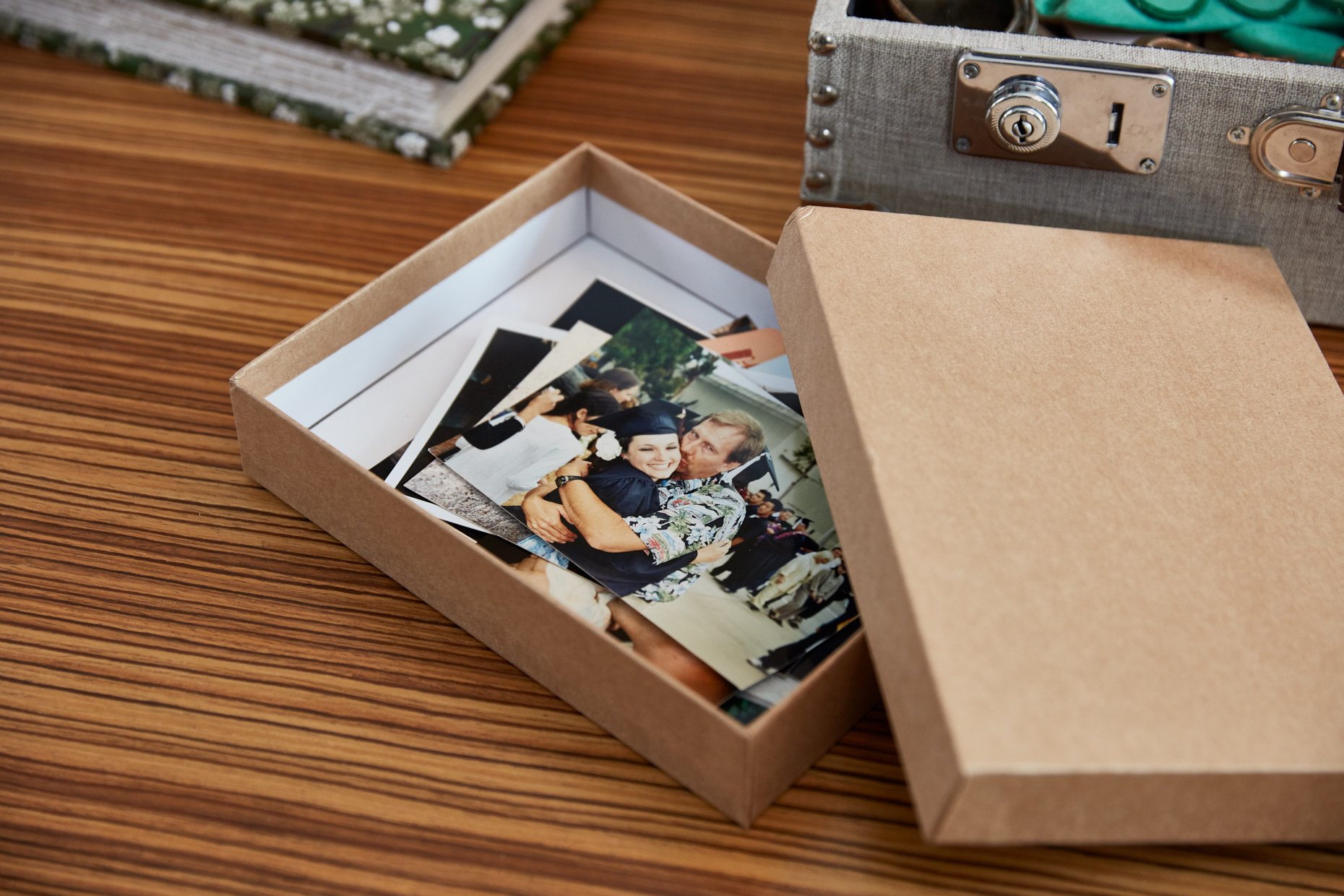
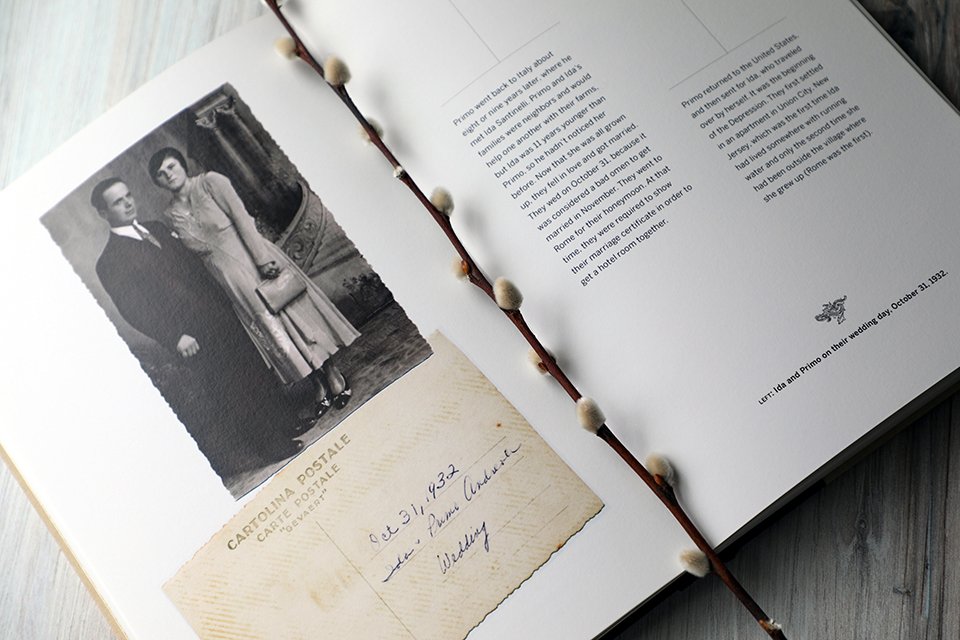

















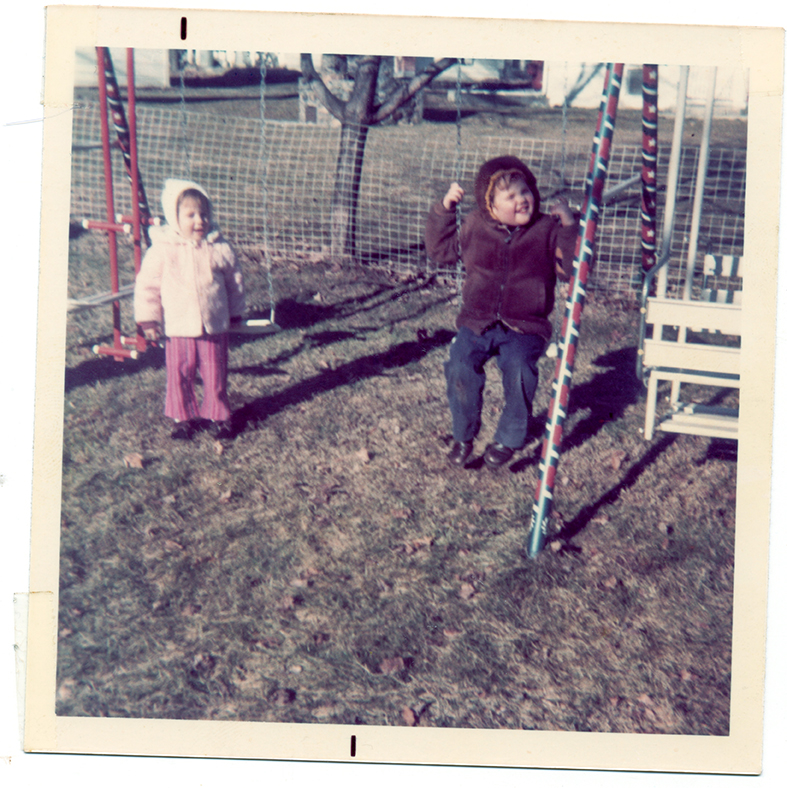



While all five of these books add value to any memoirist or life writer’s library, I’ve identified which is best for you based on your goals and experience.